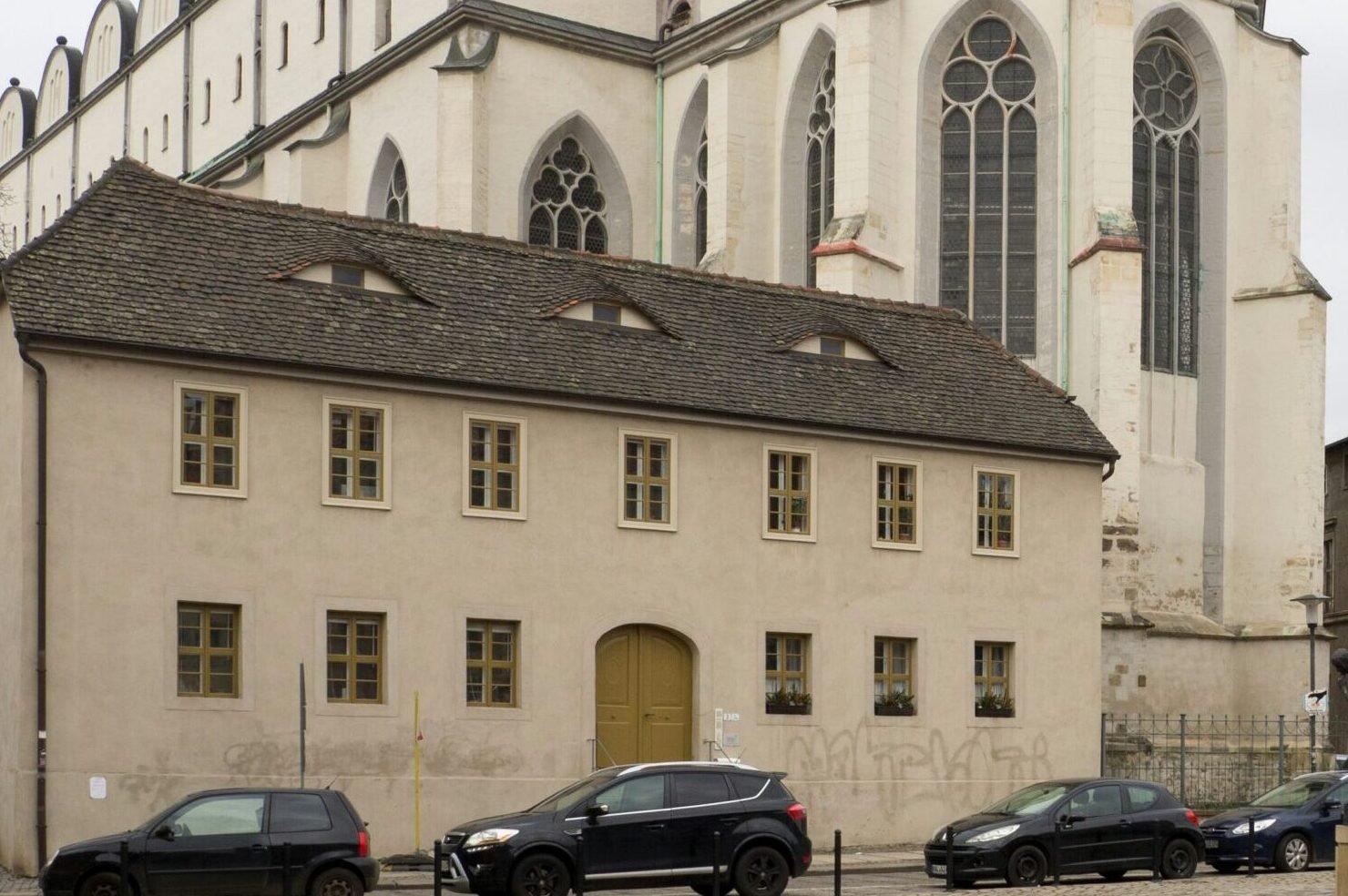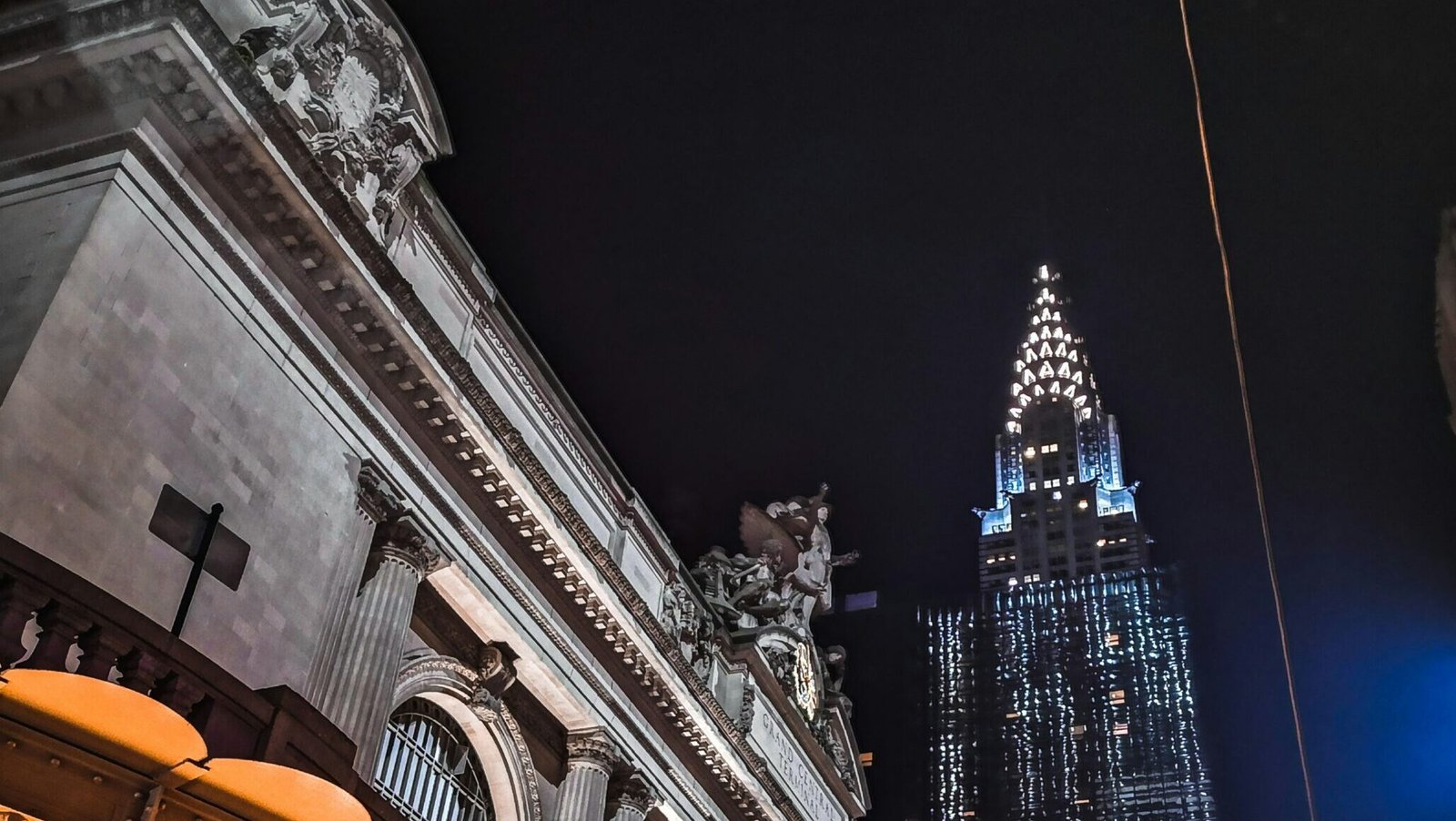Restoring History: The Challenges and Triumphs of Reviving a 19th-Century Church
Introduction to 19th-Century Church Restoration The restoration of 19th-century churches is of critical importance for various reasons, encompassing architectural significance, cultural implications, and historical context. These venerable structures not only narrate the stories of their time but also embody unique design and craftsmanship that are often reflective of the periods in which they were built. … Read more









